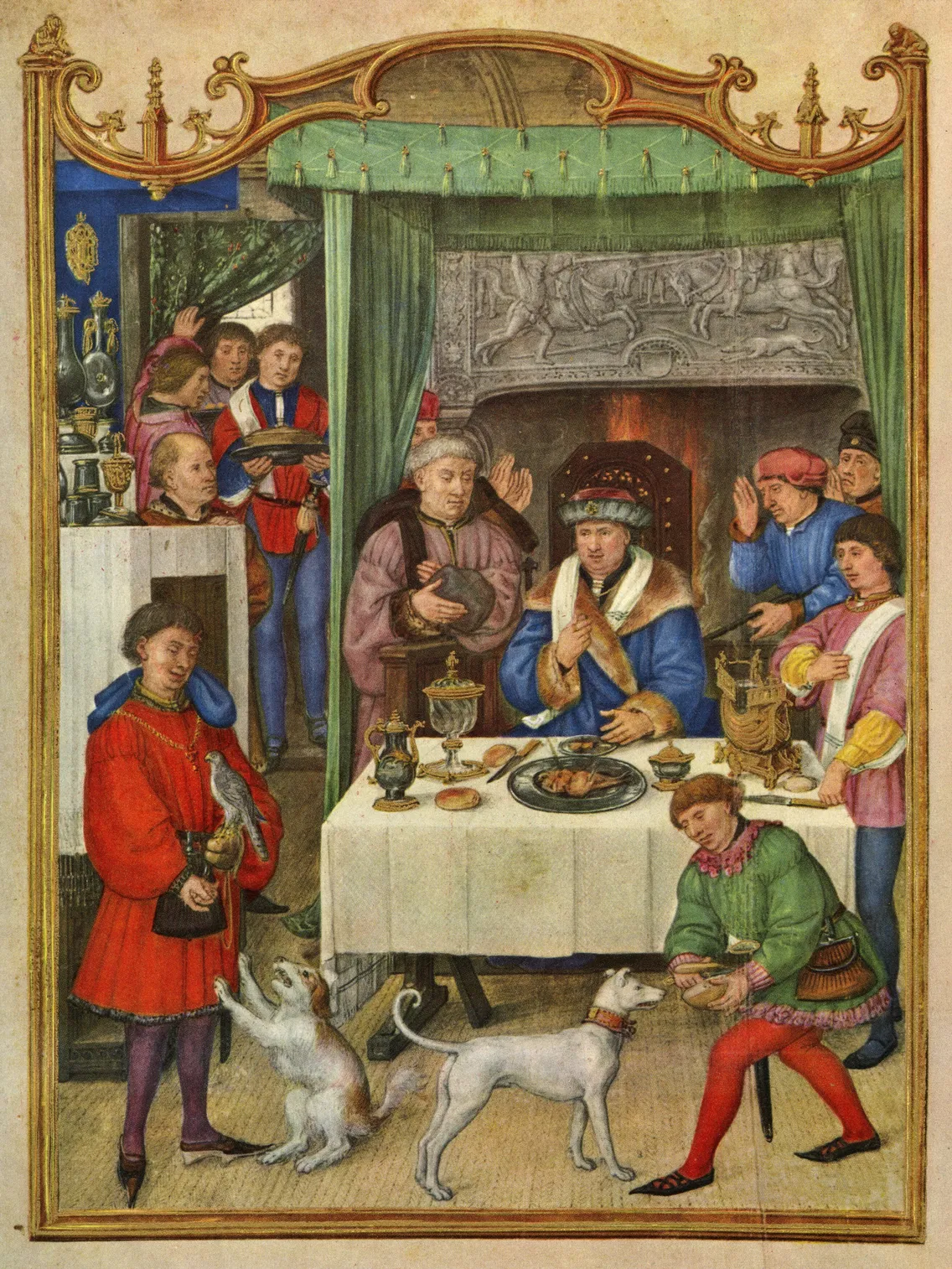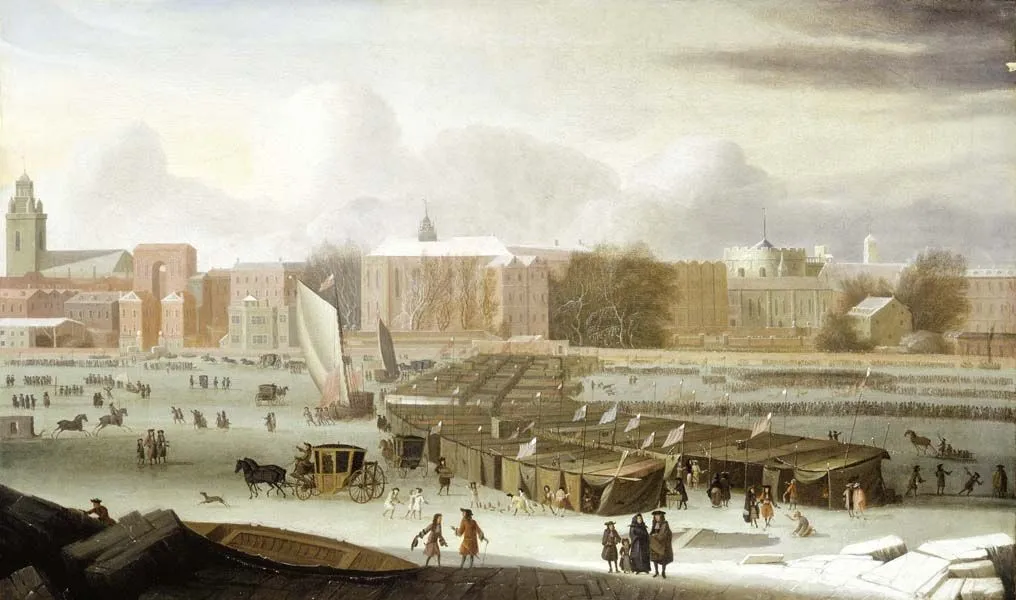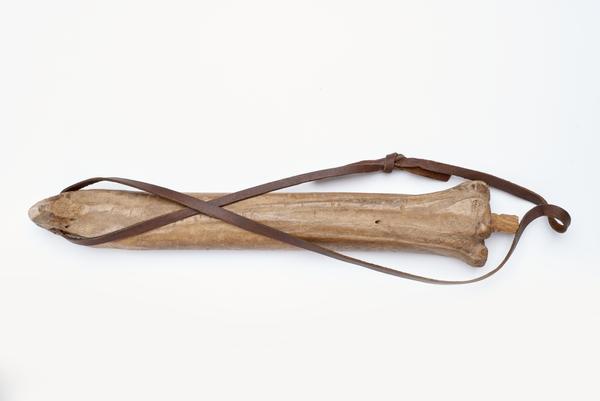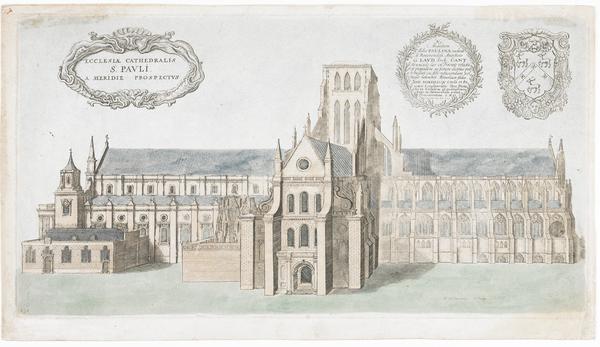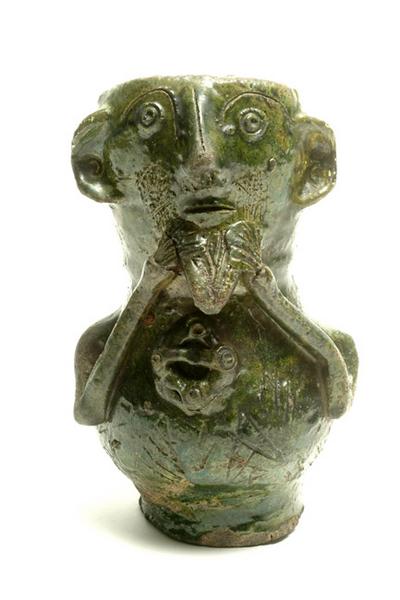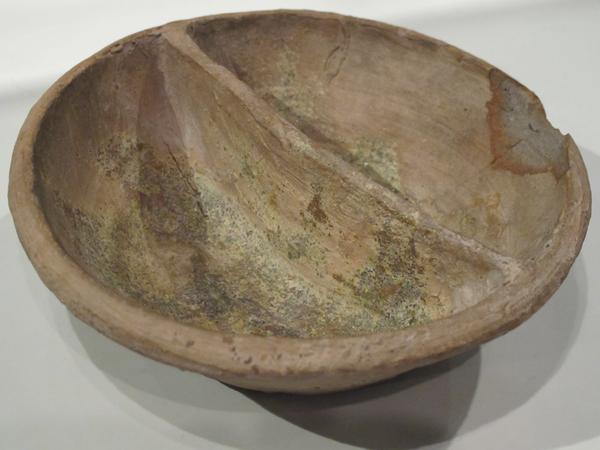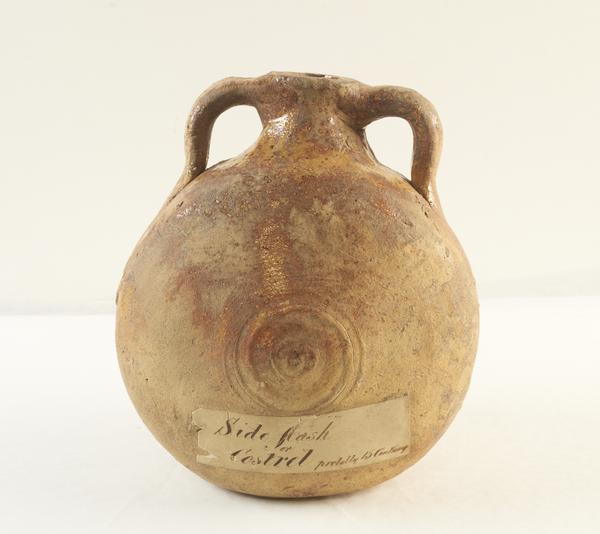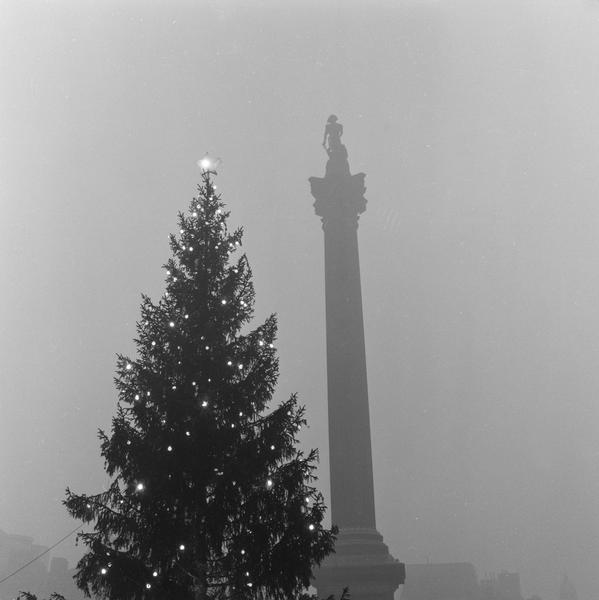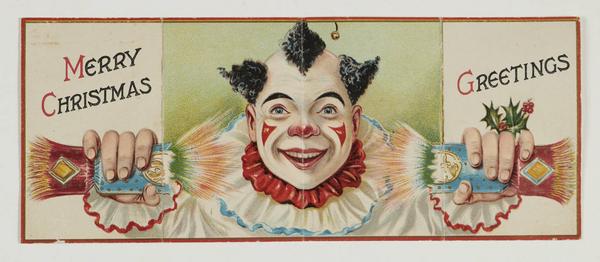How did medieval Londoners celebrate Christmas?
Medieval Londoners’ Christmas traditions might seem very different to nowadays, but some are the distant ancestors of what we see today.
City of London
400–1500 CE
A merry medieval Christmas
Christmas has been marked in Britain for at least 1,000 years – letting us look back and compare today’s traditions with those of medieval London. The medieval period, also known as the Middle Ages, runs from roughly 400 CE to the beginning of the 16th century.
Londoners treated themselves to recognisable winter fun, like feasting, singing and entertainment – but there was also hunting and a pre-Christmas fast.
Advent: a time for fasting
The three weeks leading up to our modern Christmas are, for many of us, a time of over-indulgence and Advent calendars filled with chocolate treats.
However, for medieval people, Advent was a time of fasting. During the fast you were meant to give up meat and animal products like cheese and eggs.
If you could afford it, you could swap meat for fish instead. But many people at this time couldn’t afford much meat on a regular basis – so giving it up for the fast was perhaps not too difficult.
Ice-skating in the winter
Today’s festive season sees artificial ice rinks pop up around London. But it was a more natural affair in medieval London. During winter the frozen marshes at Moorfields to the north of the City of London created a great spot for skating.
The 12th-century writer William Fitzstephen describes how people would tie bone skates onto their feet and shoot along the ice “swift as a bird in flight”.
In some years, you could go skating on the Thames. The river froze at least 24 times between 1400 and 1835. In some years frost fairs were held on the river itself. Market stalls, food vendors and entertainments all crowded onto the ice, and the whole of London society came to view the spectacle.
The main reason the Thames froze was the structure of the medieval London Bridge, which was finished in 1209. Its 20 narrow arches restricted the flow of the water, slowing it down. When chunks of ice formed in very cold weather, they caught in the arches, slowing the water down even further, leading to the surface freezing solid.
A new London Bridge opened in 1831 and the old bridge was demolished. The new design had only five, much wider, arches – so the Thames never froze to the same extent again.
Boy bishops
In medieval London, several churches followed the tradition of choosing a boy bishop. On 6 December – St Nicholas’ day – a boy would be chosen from the choirboys and declared “bishop” until 28 December.
He generally wore child-sized bishop’s robes, sang, performed church services, took part in parades and collected money from spectators. The boy bishop at St Paul’s Cathedral even had to deliver a sermon on 28 December.
The practice of selecting a boy bishop was banned by Henry VIII in 1541, but it appears to have made a comeback during the reign of Mary I (1553–1558).
“every feast day before dinner… boars and hogs… themselves soon to be bacon, fight for their lives”
William Fitzstephen
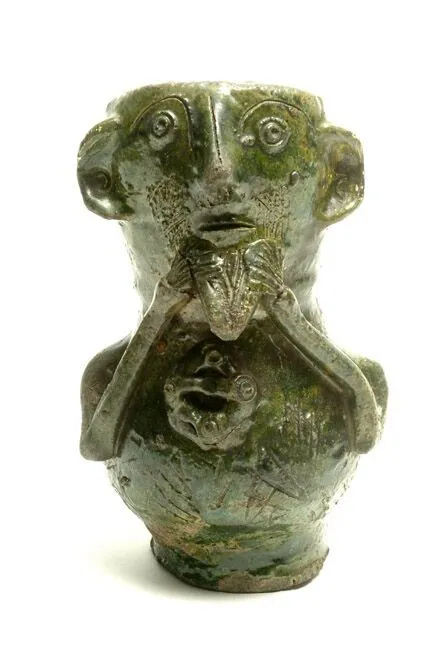
This medieval jug in the shape of a man pulling his beard was made in Kingston at some point between 1240 and 1350.
The 12 days of Christmas
Today people get in the Christmas spirit from the earliest days of December, but in medieval London the main celebrations didn’t begin until Christmas Day.
The twelve days of Christmas, from 25 December until 6 January, were a time for fun and feasting.
As well as Christmas Day, there were other feast days: St Stephen’s Day on 26 December, the feast of St John the Evangelist on 27 December, the feast of the holy innocents on 28 December and Epiphany on 6 January.
There was a break in the festivities for a while, until Candlemas on 2 February, where people would take candles to churches to be blessed, and feasts were held to celebrate the formal end of winter.

This 14th-century shows a hunter, bow in hand, with a hunting horn slung over his shoulder.
Festive hunting, fun and games
Many Londoners who celebrate Christmas will spend large parts of the day slumped in front of the TV, waiting for the turkey to cook. In 12th-century London, pre-dinner entertainment often involved hunting.
“In winter on almost every feast day before dinner,” wrote William Fitzstephen, “either foaming boars and hogs, armed with tusks lightning swift, themselves soon to be bacon, fight for their lives, or fat bulls with butting horns, or huge bears, do combat to the death against hounds let loose upon them.”
Many of the other medieval Christmas entertainments would be more familiar, such as singing, playing games and watching plays.
The medieval equivalents of carol singers were “wassailers” – “was hail” meant “be well” in Old English. These wassailers went from house to house, singing and handing out wine or ale in return for food or money.


